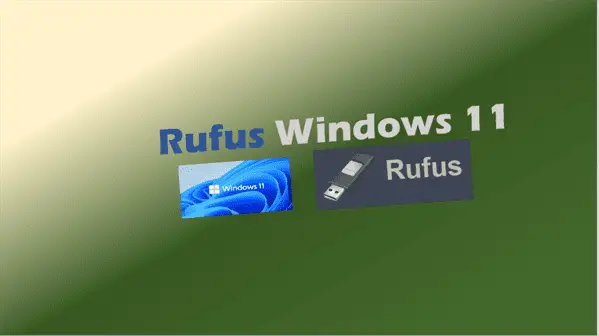Do Not Shut Down your computer for this reason
Do Not Shut Down your computer for this reason
If you’re like me, I used to think choosing computer shutdown instead of Computer restart would give my computer the best reboot option to start afresh.
I know now, it is a PC Restart option that resets everything so that all the device drivers and other programs required for proper computer functioning are loaded afresh. A restart gives a fresh start but it takes slightly longer to load on less powerful computers.
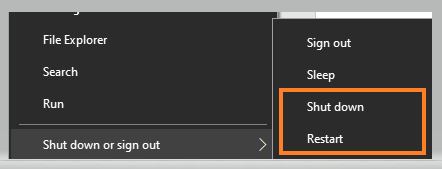
Shut down computer – What is it?
Wikipedia
To shut down or power off a computer is to remove power from a computer’s main components in a controlled way. After a computer is shut down, main components such as CPUs, RAM modules and hard disk drives are powered down, although some internal components, such as an internal clock, may retain power.
Do Not Shut Down your computer
If you’re experiencing computer errors do not shut down your computer, it’s better to restart your PC than shut it down. Here is the explanation why.
Fast Startup – More information
During Fast Startup, the kernel session is not closed, but it is hibernated. Fast Startup is a setting that helps the computer start faster after shutdown.
Windows does this by saving the kernel session and device drivers (system information) to the hibernate file (hiberfil.sys) on the system disk instead of closing it when you shut down your PC.
What Shutdown Computer does
If you have Power Button switch options set to Fast Start-up on power on, what happens is when you shut down your computer is this.
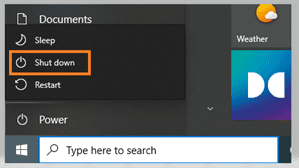
- Current Windows Kernel state information is saved to the hyberfil.sys.
- When the power button is switched back on, Windows Kernel data is retrieved as it was.
- This retrieval of device drivers and other system state data (windows kernel) is what makes the computer start up faster.
- Ok the PC starts up faster but it will still have the problem you were hoping shutdown cures.
For this reason, we say “Do Not Shut Down your computer”
What Restart Computer does
- The restart that kills all processes
- It clears all data that’s required for the Windows system to run properly.
- It then loads the required device drivers, and other system information into the PC ram so it can be accessed quickly.
- Restarting PC takes a longer time to load Windows but it will be a fresh start without any corruptions that may have been causing problems.
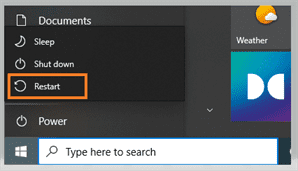
When you restart the computer, this typically means that you want a completely new Windows state, either because you have installed a driver or replaced Windows elements that cannot be replaced without a full restart.
Therefore, the restart process in Windows continues to perform a full boot cycle, without the hibernation performance improvement that’s described in this article.
Issues that Fast Startup may cause on Windows computer
The Fast Startup feature in Windows 10 allows your computer to start up faster after a shutdown. When you shut down your computer, Fast Startup will put your computer into a hibernation state instead of a full shutdown.
Fast Startup is enabled by default if your computer is capable of hibernation.
Installation of some Windows updates can be completed only when starting your computer after a full shutdown. Since Fast Startup uses hibernation instead of a full shutdown, installation of those updates will not be completed before a full shutdown. In order to make sure pending updates are completed, you have to choose Restart from the Power menu as shown in the picture.

Fast Startup Windows 10 Disable
As fast startup is enabled by default if your computer is capable of hibernation, you may want to disable fast startup. Disabling fast startup will make your PC boot up as it does if you choose the Restart Computer option, even though you selected Shutdown Computer option from power menu.
Disable fast startup windows 10 – Control Panel
- Type ” Control Panel ” in the search field.
- Open Control Panel.
- Select “Hardware and Sound”.
- Click “Change what the power buttons do” which is under Power Options.
- Click ” Change settings that are currently unavailable”.
- Untick the Turn On fast startup checkbox.
- Save your changes and you’re DONE.
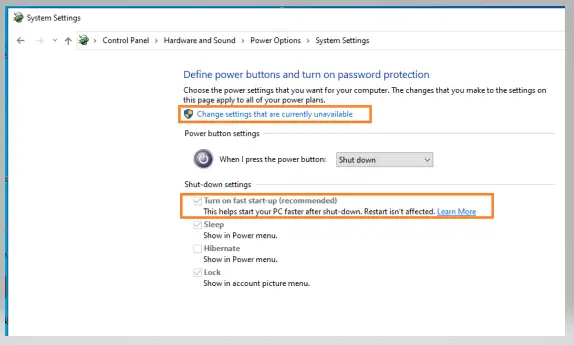
Fast startup Windows 10 disable cmd
To disable fast startup using cmd (Command Prompt), do the following
- Type “cmd” in the search field.
- Open Command Prompt as Administrator
- At the Command Prompt type “powercfg.exe /hibernate off” to disable fast startup Windows 10.
Fast startup Windows 10 enable cmd
- Type “cmd” in the search field.
- Open Command Prompt as Administrator
- At the Command Prompt type “powercfg.exe /hibernate on” to enable Fast Startup.
Related Posts:
- How to Clear Cache in Laptop
- How to Clear Cache in Windows 10 PC in 11 Ways
- How to Shut down computer
Further Reading

